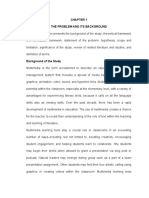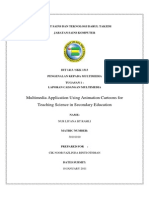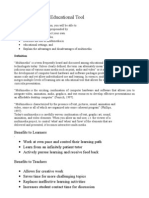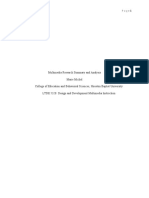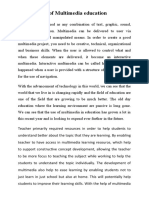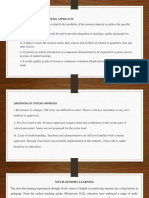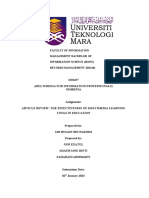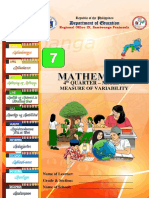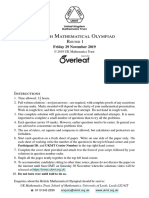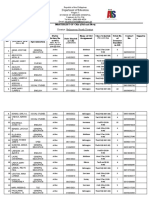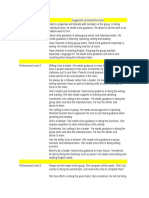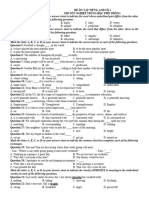REVIEW REALTED LITERATURE(RRL)
The approach of multimedia learning is where the learners are going to be exposed to the
utilization of audio, pictures such as animation, video, and technology throughout reading
comprehension lessons (Mayer & Moreno, 2002). The implementation of multimedia in text
comprehension also able to improve memory retention, learning satisfaction, and learning
achievement on the information presented using multimedia learning (Chiou, Tien, & Lee,
2015). In general, the term "multimedia" is employed to indicate any sort of activity or
application that used multiple types of media to present information or idea such as video,
animation, and many more (Berk, 2009).Mayer built an instructional model on how multimedia
learning will help learners understand a scientific explanation by listing five principles of
multimedia design (Mayer, 1997). The hardware and software used for creating and running of
multimedia applications is known as multimedia technology (Kapi et al., 2017).
According to Quan 2023, Multimedia is a combination of more than one media type such
as text (alphabetic or numeric), symbols, images, pictures, audio, video, and animations usually
with the aid of technology for the purpose of enhancing understanding or memorization. It has
been demonstrated, by research on using multimedia for learning, that there are more positive
results observed in learners who combine picture and words than those who use words only
(Chen and Liu, 2008; Mayer, 2008). Multimedia generally involves the use of technology and
the widespread adoption of multimedia applications in education is as a result of its many
benefits (Almara'beh et al., 2015). Multimedia designed for learning requires understanding of
some theories such as cognitive theory of multimedia learning, which postulates three
assumptions that describe how people learn from instructional multimedia materials. These
assumptions can be phrased as dual-channel, limited capacity, and active processing (Alemdag
and Cagiltay, 2018).
Theoritical Framework
The use of multimedia resources in teacher education programs has grown exponentially
in recent years. The fundamental educational advantage of multimedia learning using, for
example CDROMS, videos and websites, is that these resources provide integrated visually and
linguistically rich sensory input that enhance the users’ learning experiences (Mayer, 1997).
Additionally, CDROMs or websites improve access to content materials, are cost effective to
reproduce, and can be updated easily. However, there are scant appropriate resources available
in some areas of teacher education preparation, such as science education. Thus, staff wishing to
capitalise on the educational benefits of technologically based resources may need to develop
their own resource materials. In order to optimise the success of a multimedia resource, the
development process should be informed by the principles of effective educational multimedia
resources, and the relevant pedagogical content literature. The purpose of this paper is to present
�the theoretical frameworks that were used by the authors to guide the development of a set of
multimedia resources in science education. The goal of this project was to enhance the teaching
and learning of science education by undergraduate students in early childhood and primary
teacher education courses. The project team comprised the authors (CMD, JJW) who have had
extensive experience in science education throughout the school years, and worked in preservice
and in-service teacher science teacher education programs. The authors’ roles included the
design, trial and modification of resources. The more complex technical aspects of the project
were outsourced to staff with expertise and experience in video production, CDROM
development, and website design. This paper first provides background on learning from
educational multimedia and science education. It then provides an overview of the multimedia
resources that were developed. We conclude with an evaluation of these resources, and
speculations on future directions.
CONCEPTUAL FRAMEWORK
VIDEO TEXT
MULTIMEDIA
ANIMATION AUDIO













